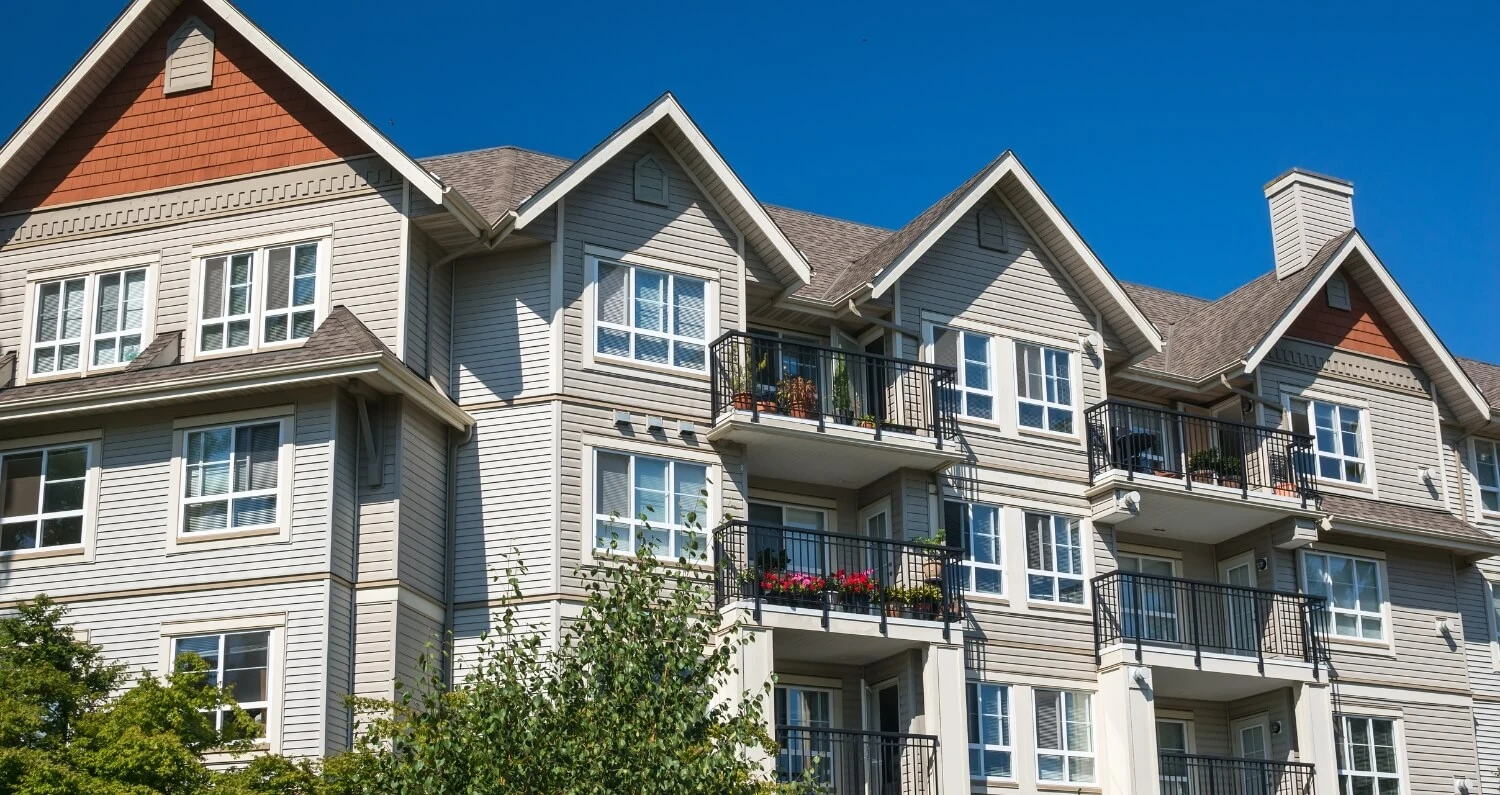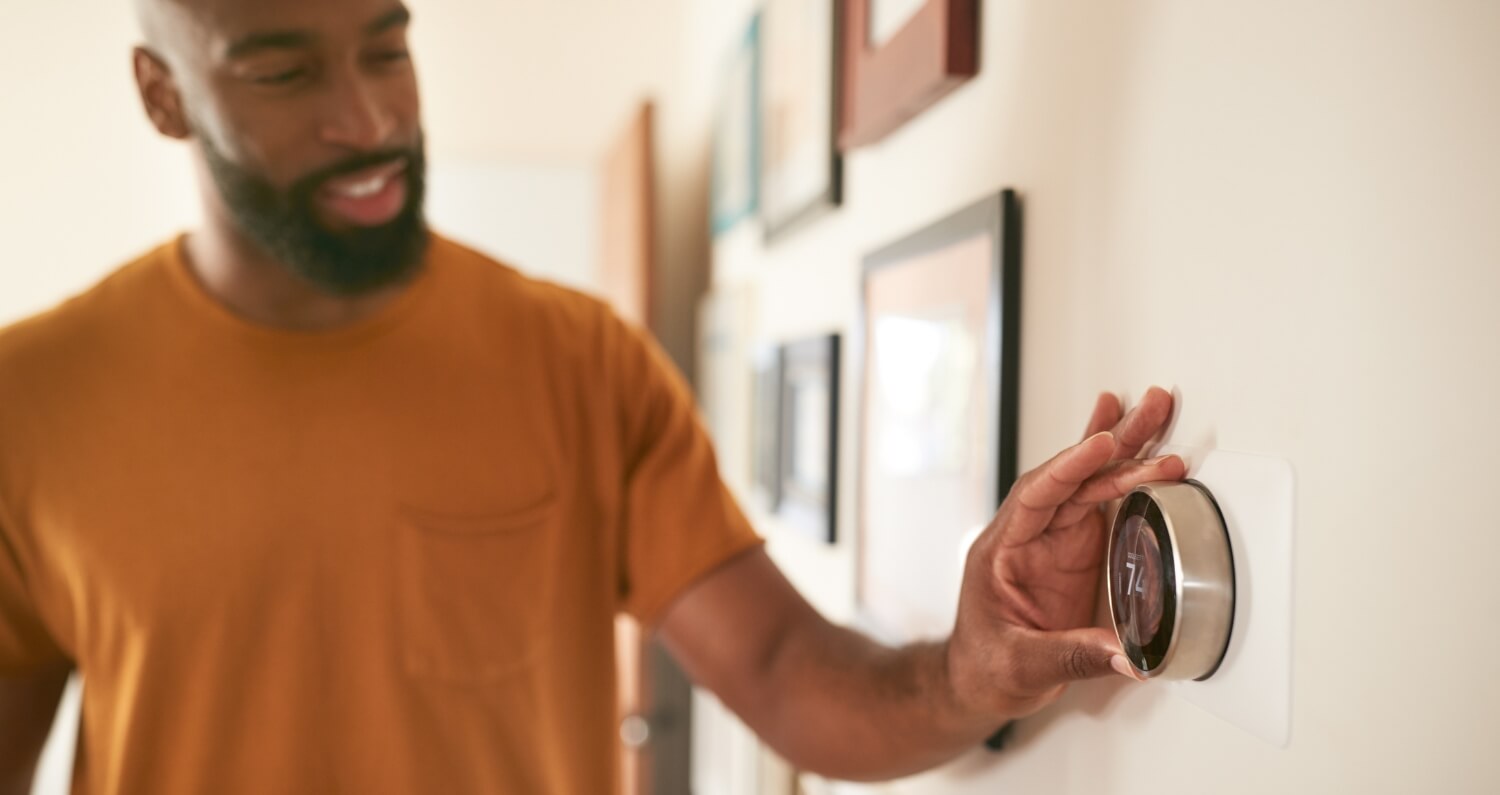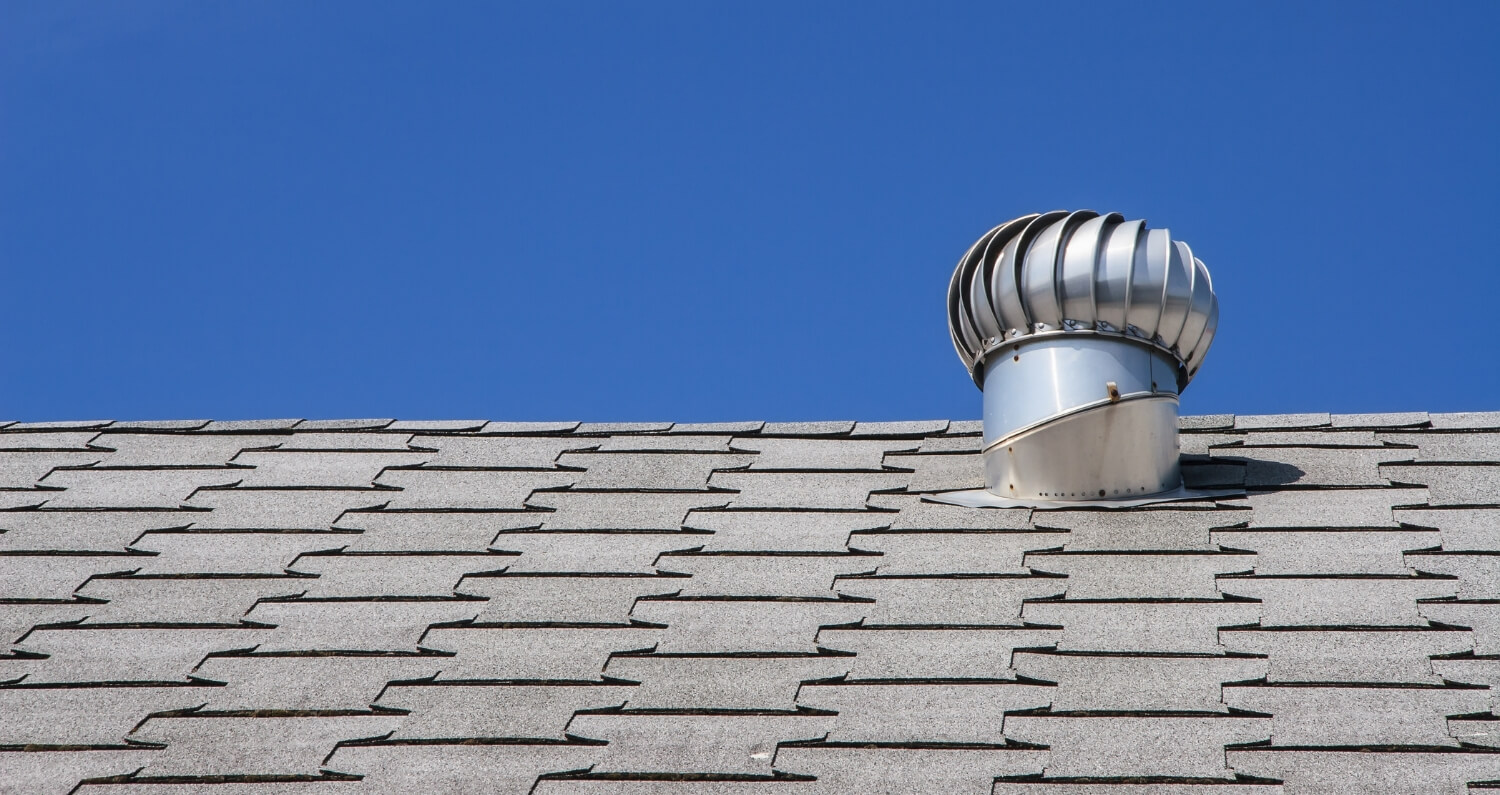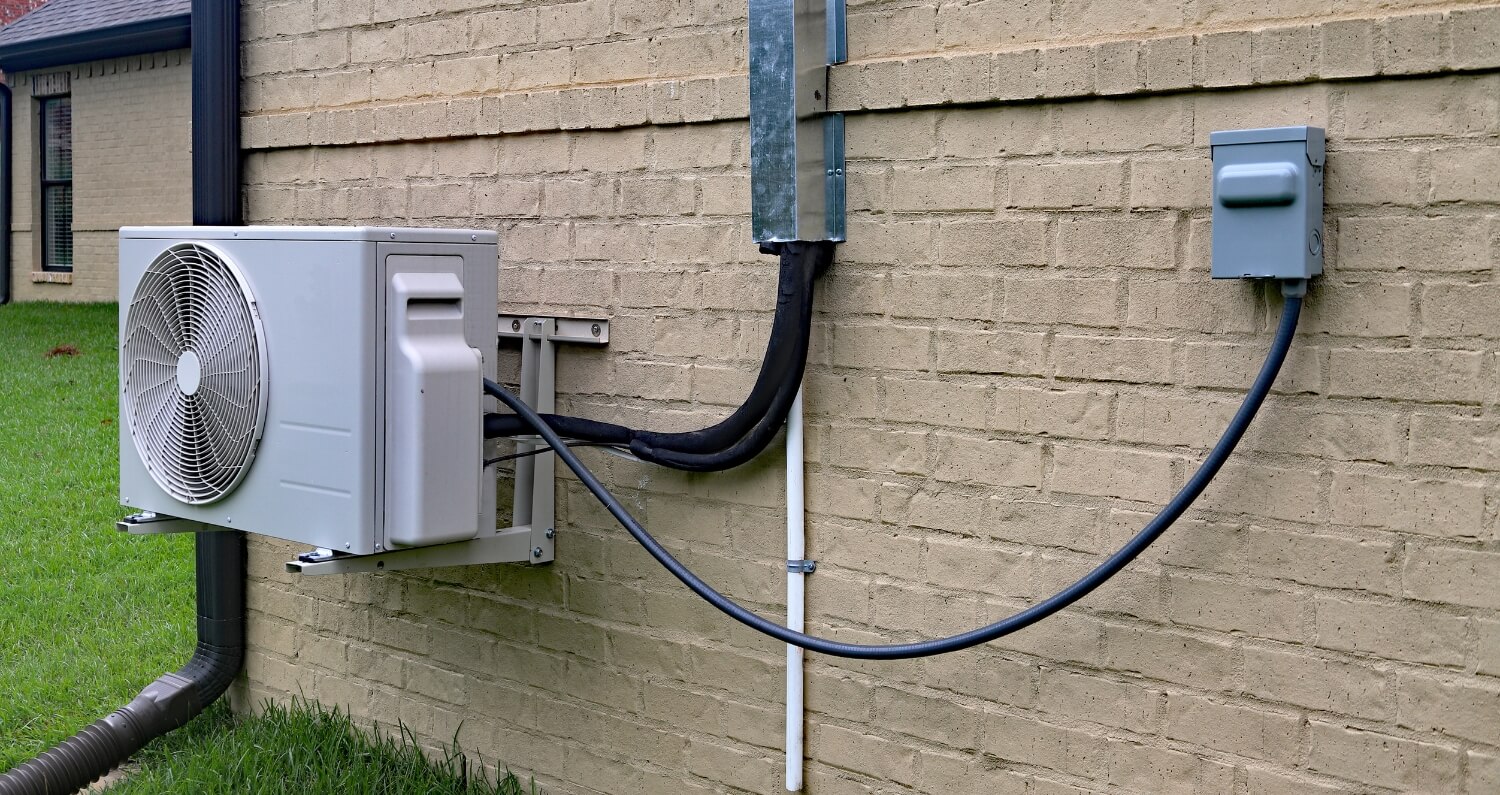Traditionally, multi-unit property managers have billed tenants for utilities by averaging out the property’s total energy consumption across all occupants. They then account for things like apartment size to ensure those renting studio apartments aren’t charged the same amount as occupants of multi-bedroom units.
However, this old-school approach is far from perfect, as everyone’s consumption habits differ, whether you prefer to leave the TV on all night or live by candlelight when the sun goes down. To bill tenants more fairly, many property managers are investing in electric submetering. As a landlord, here are a few key reasons why you should consider doing the same in 2023.
What Are Submeters?
A submeter is a secondary utility meter designed to track the consumption of a specific unit in a multi-unit property. For example, submetering can be used to track electricity consumption or water consumption. However, since water costs are relatively low compared to electricity expenses, many property managers only install electric submeters.
Electric submeters are more affordable than you might expect (finally, something inflation hasn’t touched). The hardware typically costs just $120–$180 per unit. Installation costs vary but typically run a few hundred dollars per unit. You may even get a discount by purchasing and installing a large number of meters at once.
Types of Submeters
There are dozens of options available in the industry when it comes to submeters. However, these various models fall into one of two broad categories: networked or non-networked.
Non-networked meters are also known as “manual” submeters because (you guessed it) they must be read manually. Networked meters, on the other hand, automatically relay usage data to utility management software, enabling you to remotely monitor utility usage and accurately bill tenants each month.
The Benefits of Electric Submetering
By installing submeters in your multi-tenant properties, you can:
- Facilitate Accurate Billing
On average, apartment utility bills range from $98 to $192 per month. Historically, low utility bills have been one of the biggest draws of living in an apartment. However, soaring utility bills have everyone concerned, including multi-unit property tenants.
Many tenants are looking for ways to reduce their energy consumption, but these efforts won’t do much good unless you accurately track their personal usage. Installing submeters helps you bill tenants appropriately. This, in turn, will help them control their usage habits to fight rising electric costs. - Reduce Energy Consumption
Submetering your multi-tenant property with the help of a company like Paraco Gas also lets you reduce your overall energy consumption.When you use traditional meters, it can be difficult to pinpoint the source of rising electric costs. But if you meter every unit, you can quickly determine whether rising costs are related to an equipment issue, like a malfunctioning AC. You can also use this information to help your tenants understand their consumption habits and encourage them to reduce heating and cooling costs without feeling like you’re pulling teeth. - Keep Tenants Happy
No one likes paying for things they don’t use (can you say “extended warranties” or “rental car insurance?”), including your tenants. But that’s exactly what you’re asking them to do when you use antiquated metering practices. By implementing electric submetering, you can offer greater transparency — your tenants will know they’re only being billed for their energy usage and no one else’s. In addition, facilitating fair billing practices with submeters can help you keep occupancy rates high and improve your company’s reputation in the community.
Electric submetering is an excellent way to save yourself and your tenants’ money to ensure they hang around for the long haul so you can avoid having to shop around for a new tenant. However, you can also submeter other utilities, including natural gas and propane lines, further improving the tenant experience and ensuring that they’re billed fairly for their utility usage.
continue reading
Related Posts
There are many different kinds of thermostats on the market […]
If you reside in a location like New York or […]
The world is always changing, yet the need for climate […]





